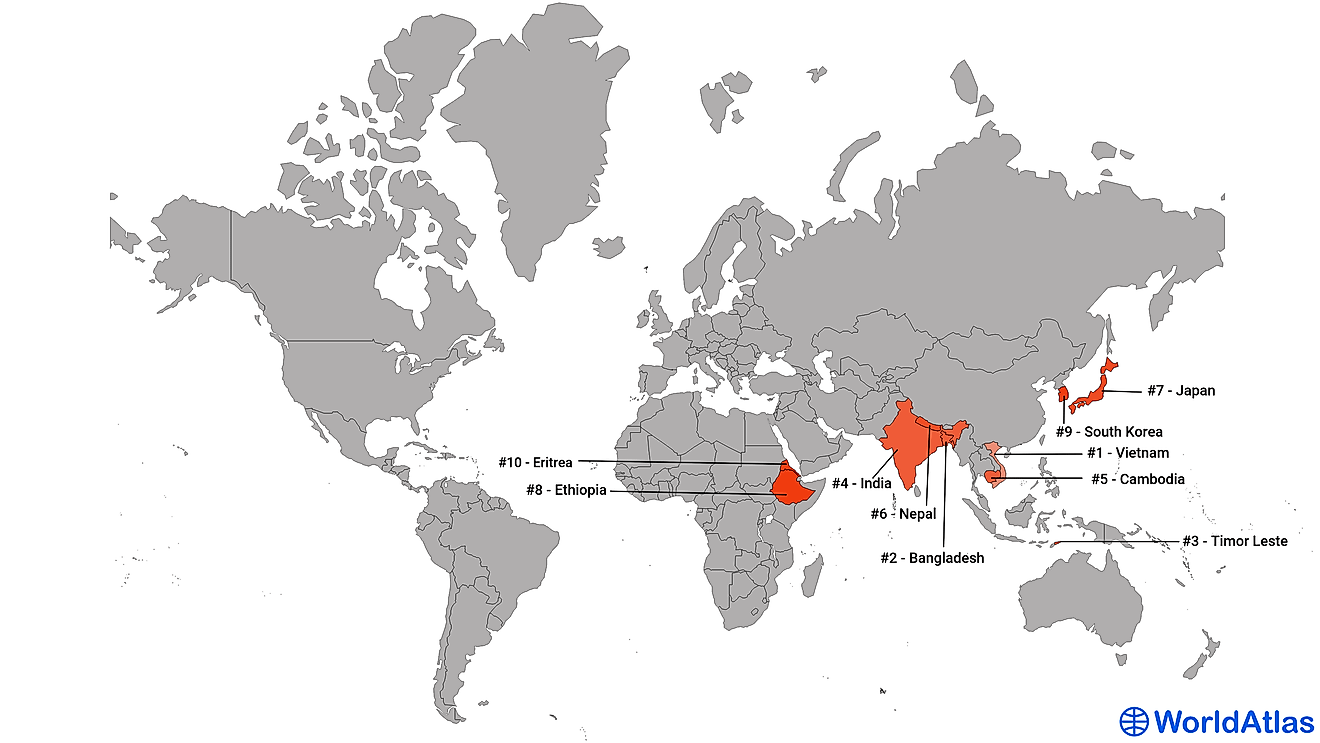The Ba'ath Party And Ba'athist Movement In The Arab World

5. Beginnings of the Ba'athist Movement
Ba’athism is rooted in the political ideology of Zaki al-Arsuzi, Michel Aflaq, and Salah al-Din al-Bitar. Al-Arsuzi and Aflaq were Syrian philosophers and Arab nationalists. However, al-Bitar later removed himself from the movement. Ba’athism was formed during a time when much of the world was undergoing revolutionary ideologies and borrowed some beliefs from both communism and fascism. One of the founders was inspired by historical events such as the French Revolution, German unification, Italian unification, and Japanese industrial growth in the late 1800’s.
4. Ideology and Early History
The ideology behind the Ba’athist movement is driven by the hope of an Arab renaissance, a rebirth of Arab culture. Politically, its followers support a one-party state and Arab socialism, the fight against imperialism and classism. For Ba’athist followers, socialism was more about maintaining equality among everyone, and while it supported the distribution of land and possessions, it did not support taking private land to be divided among other people. The movement is secular and not originally tied to only one religion. The two principal founders were Orthodox Christian and Muslim.
This political movement was founded in 1940 with the establishment of the Arab Ba’ath Party as well as a branch of this, the Arab Ba’ath Movement. The two groups originally disagreed during the Anglo-Iraqi War of 1941 and at this time, the Arab Ba’ath Party opposed the Iraqi attempt to overthrow the British government. The Arab Ba’ath Movement, however, motivated people to volunteer for the Iraqi military. This conflict brought about a greater following for the Arab Ba’ath Movement and popularity of the Arab Ba’ath Party declined. That same year, Arsuzi, founder of the Ba’ath Party, was exiled from Syria by the French government. With the party’s power weakened once more, the Arab Ba’ath Movement stood up and took on more political challenges. Its followers had the opportunity just two years later with the Lebanon uprising for independence from France. In 1947, the Arab Ba’ath Movement joined the Arab Socialist Party, and the two groups formed the new Arab Socialist Ba’ath Party.
3. Growth of the Movement and the Syrian-Iraqi Ba'athist Split
The movement spread throughout the Arab world into Yemen, Saudi Arabia, Lebanon, Kuwait, Libya, and Jordan. It became the second most represented political party in Parliament in Syria in the early 1950’s. Together with the Syrian Communist Party, Egypt and Syria joined to create the United Arab Republic, the first move toward an Arab union. A coup dissolved the union in 1961, and it was at this time that the military leaders took control of the newly reconvened Ba’ath Party. At the same time, the Ba’ath party in Iraq was organizing a failed revolutionary attempt. The party that remained under civilian control and that under military rule were in constant conflict and in 1966, the military ruled Ba’ath party performed a successful coup in Syria. This coup effectively split the party in the Syrian-dominated Ba’ath movement and the Iraqi-dominated Ba’ath movement.
2. Ba'athist Iraq and Saddamism
In Iraq, the party briefly took control in 1963 but later regained power in 1968 until 2003 under Saddam Hussein. Though originally focused on Arab nationalism, the Ba’ath regime in Iraq move toward an Iraqi nationalist stance and taught residents that they were the rightful heirs to the Arab lands. Saddam Hussein pushed his personal political ideology, also referred to as Saddamist Ba’athism. In addition to pushing Iraqi nationalism, Saddamism pushed for other Arab countries to join in on the ideology. The movement was highly military based and viewed any disagreement as a means of warfare. Hussein claimed that in Iraq the only class division was between nationalities, Arabs vs. non-Arabs. When the party was disassembled by the US-led invasion in 2003, some key members went underground. Today, it is believed that they have formed an alliance with ISIS.
1. The Ba'ath Party Today and its Sphere of Influence
The Ba’ath Party continues to have a presence in several Arab nations and has led the government in Syria since the early 1970’s until today. Its ideologies are taught in public schools, and some public offices are reserved for only Ba’ath members. Some rebel groups are against the Ba’ath Party and have started working against them. The political law that makes Ba’ath the leading political party was just changed in 2012 after long-standing, violent protesting. Despite protests against President Assad, the Ba’ath National and Regional Commands continue to support his presidency.











